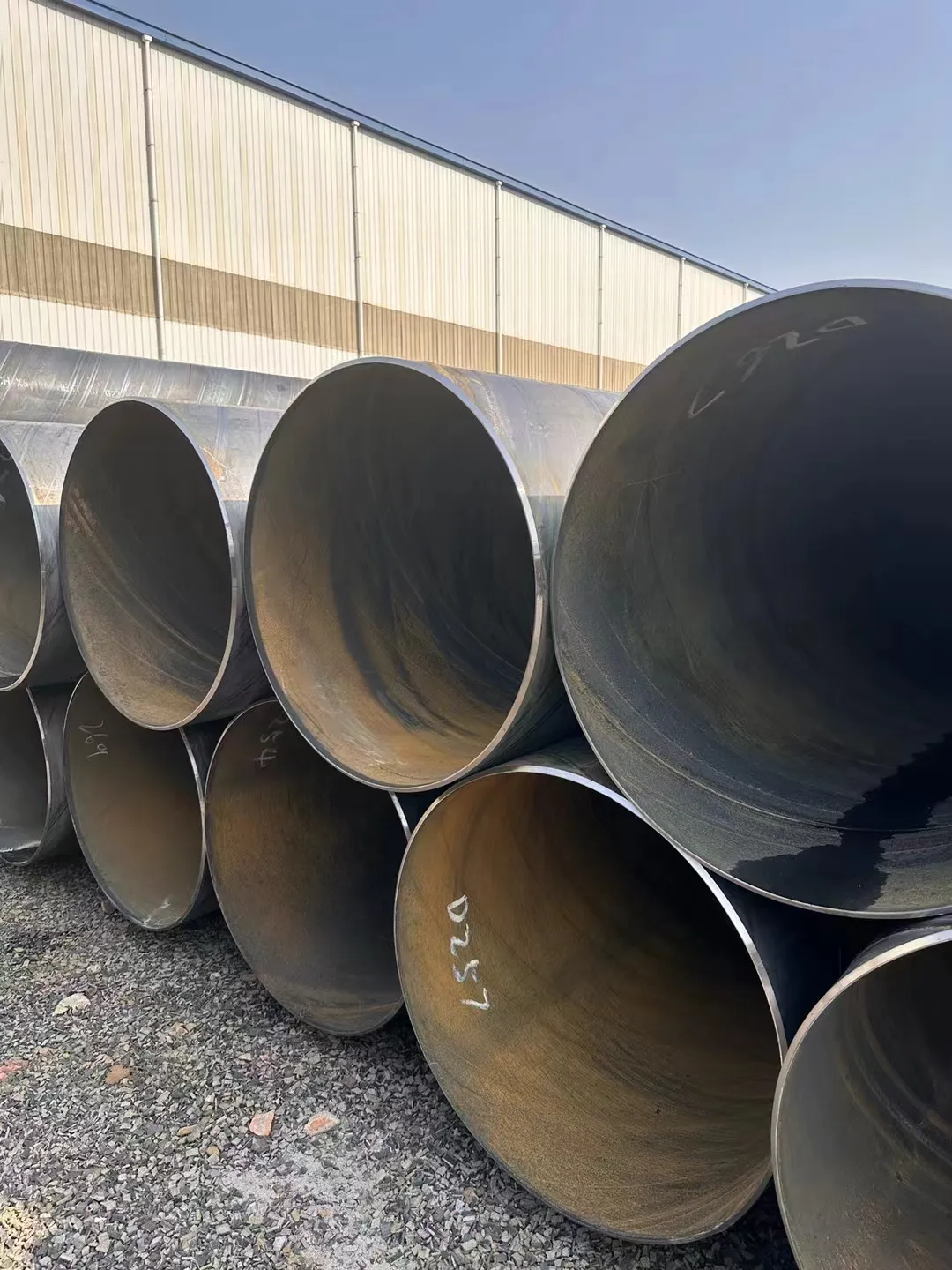-
Cangzhou Yulong Steel Co., Ltd.
-
Phone:
+86 13303177267 -
Email:
admin@ylsteelfittings.com
- English
- Arabic
- Italian
- Spanish
- Portuguese
- German
- kazakh
- Persian
- Greek
- French
- Russian
- Polish
- Thai
- Indonesian
- Vietnamese
- Zulu
- Korean
- Uzbek
- Hindi
- Serbian
- Malay
- Ukrainian
- Gujarati
- Haitian Creole
- hausa
- hawaiian
- Hebrew
- Miao
- Hungarian
- Icelandic
- igbo
- irish
- Japanese
- Javanese
- Kannada
- Khmer
- Rwandese
- Afrikaans
- Albanian
- Amharic
- Armenian
- Azerbaijani
- Basque
- Belarusian
- Bengali
- Bosnian
- Bulgarian
- Catalan
- Cebuano
- China
- China (Taiwan)
- Corsican
- Croatian
- Czech
- Danish
- Esperanto
- Estonian
- Finnish
- Frisian
- Galician
- Georgian
- Kurdish
- Kyrgyz
- Lao
- Latin
- Latvian
- Lithuanian
- Luxembourgish
- Macedonian
- Malgashi
- Malayalam
- Maltese
- Maori
- Marathi
- Mongolian
- Myanmar
- Nepali
- Norwegian
- Norwegian
- Occitan
- Pashto
- Dutch
- Punjabi
- Romanian
- Samoan
- Scottish Gaelic
- Sesotho
- Shona
- Sindhi
- Sinhala
- Slovak
- Slovenian
- Somali
- Sundanese
- Swahili
- Swedish
- Tagalog
- Tajik
- Tamil
- Tatar
- Telugu
- Turkish
- Turkmen
- Urdu
- Uighur
- Welsh
- Bantu
- Yiddish
- Yoruba

Nov . 03, 2024 03:17 Back to list
steel weld fittings
Steel Weld Fittings An Essential Component in Industrial Applications
Steel weld fittings play a crucial role in the construction and assembly of piping systems across various industries, including oil and gas, water treatment, and manufacturing. These fittings are designed to connect pipes, allowing for directional changes, junctions, and transitions in a piping system, ensuring that fluids or gases can flow efficiently and safely.
Weld fittings are typically manufactured from high-quality steel, which provides excellent strength and durability. The most common types of steel used are carbon steel and stainless steel. Carbon steel fittings are favored for their high strength-to-weight ratio and cost-effectiveness, making them ideal for many structural applications. On the other hand, stainless steel fittings are preferred in applications where corrosion resistance is crucial, such as in chemical processing or marine environments.
The manufacturing process of steel weld fittings involves precise engineering and rigorous quality control
. These fittings are available in various shapes and sizes, including elbows, tees, reducers, caps, and flanges. The choice of fitting depends on the specific requirements of the piping system, such as the type of flow, temperature, and pressure conditions.steel weld fittings

One of the key advantages of using weld fittings is the strength of the joint formed during the welding process. When properly welded, these joints can provide a leak-proof connection that is as strong as or stronger than the pipe itself. This is particularly important in high-pressure systems where any failure could lead to serious safety hazards and costly downtime.
Moreover, steel fittings can be easily custom-fabricated to meet unique project specifications. This flexibility allows engineers to design systems that optimize flow characteristics and accommodate specific spatial constraints. Additionally, with advancements in welding technology, techniques such as TIG and MIG welding are commonly used to create high-quality bonds that enhance the longevity and reliability of the connections.
In summary, steel weld fittings are indispensable components in modern piping systems. Their strength, durability, and versatility make them suitable for a wide range of applications, ensuring the safe and efficient transport of various fluids and gases. As industries continue to evolve, the demand for reliable piping solutions will remain strong, and steel weld fittings will undoubtedly play a pivotal role in meeting this need. Investing in high-quality fittings not only enhances system integrity but also contributes to overall operational efficiency, making them a wise choice for any engineering project.
Latest news
-
ANSI 150P SS304 SO FLANGE
NewsFeb.14,2025
-
ASTM A333GR6 STEEL PIPE
NewsJan.20,2025
-
ANSI B16.5 WELDING NECK FLANGE
NewsJan.15,2026
-
ANSI B16.5 SLIP-ON FLANGE
NewsApr.19,2024
-
DIN86044 PLATE FLANGE
NewsApr.19,2024
-
DIN2527 BLIND FLANGE
NewsApr.12,2024
-
JIS B2311 Butt-Welding Fittings LR/SR 45°/90° /180°Seamless/Weld
NewsApr.23,2024
-
DIN2605-2617 Butt-Welding Fittings LR/SR 45°/90°/180° Seamless/Weld
NewsApr.23,2024











